Wai Weng Lo
FlowTransformer: A Transformer Framework for Flow-based Network Intrusion Detection Systems
Apr 28, 2023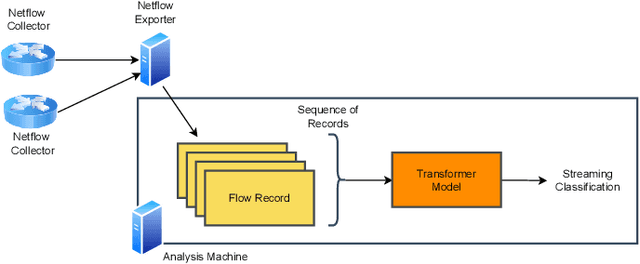
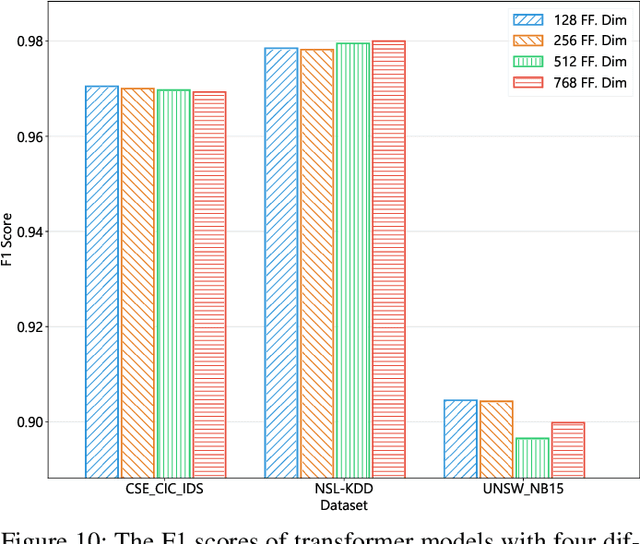
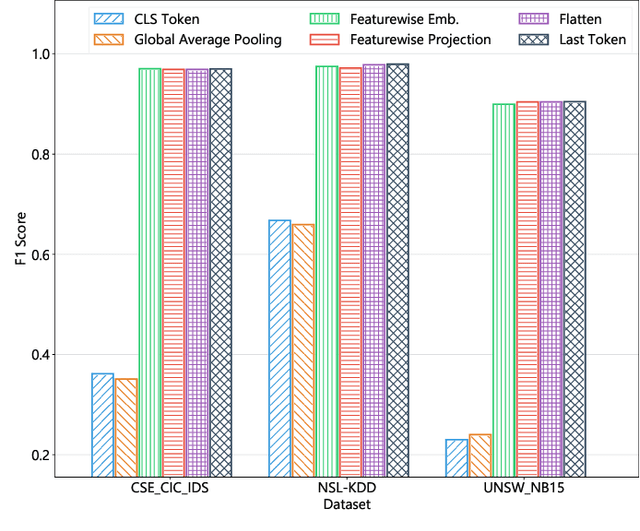

Abstract:This paper presents the FlowTransformer framework, a novel approach for implementing transformer-based Network Intrusion Detection Systems (NIDSs). FlowTransformer leverages the strengths of transformer models in identifying the long-term behaviour and characteristics of networks, which are often overlooked by most existing NIDSs. By capturing these complex patterns in network traffic, FlowTransformer offers a flexible and efficient tool for researchers and practitioners in the cybersecurity community who are seeking to implement NIDSs using transformer-based models. FlowTransformer allows the direct substitution of various transformer components, including the input encoding, transformer, classification head, and the evaluation of these across any flow-based network dataset. To demonstrate the effectiveness and efficiency of the FlowTransformer framework, we utilise it to provide an extensive evaluation of various common transformer architectures, such as GPT 2.0 and BERT, on three commonly used public NIDS benchmark datasets. We provide results for accuracy, model size and speed. A key finding of our evaluation is that the choice of classification head has the most significant impact on the model performance. Surprisingly, Global Average Pooling, which is commonly used in text classification, performs very poorly in the context of NIDS. In addition, we show that model size can be reduced by over 50\%, and inference and training times improved, with no loss of accuracy, by making specific choices of input encoding and classification head instead of other commonly used alternatives.
DOC-NAD: A Hybrid Deep One-class Classifier for Network Anomaly Detection
Dec 15, 2022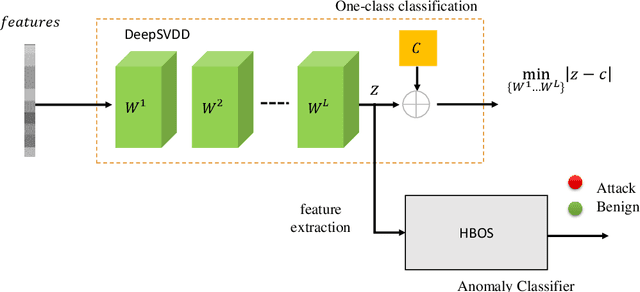


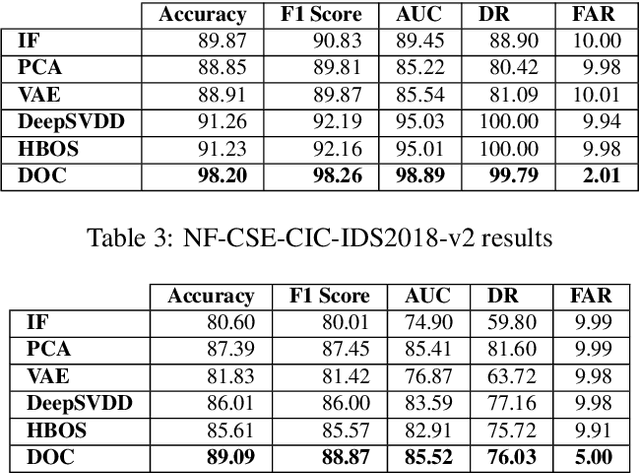
Abstract:Machine Learning (ML) approaches have been used to enhance the detection capabilities of Network Intrusion Detection Systems (NIDSs). Recent work has achieved near-perfect performance by following binary- and multi-class network anomaly detection tasks. Such systems depend on the availability of both (benign and malicious) network data classes during the training phase. However, attack data samples are often challenging to collect in most organisations due to security controls preventing the penetration of known malicious traffic to their networks. Therefore, this paper proposes a Deep One-Class (DOC) classifier for network intrusion detection by only training on benign network data samples. The novel one-class classification architecture consists of a histogram-based deep feed-forward classifier to extract useful network data features and use efficient outlier detection. The DOC classifier has been extensively evaluated using two benchmark NIDS datasets. The results demonstrate its superiority over current state-of-the-art one-class classifiers in terms of detection and false positive rates.
Anomal-E: A Self-Supervised Network Intrusion Detection System based on Graph Neural Networks
Jul 23, 2022



Abstract:This paper investigates Graph Neural Networks (GNNs) application for self-supervised network intrusion and anomaly detection. GNNs are a deep learning approach for graph-based data that incorporate graph structures into learning to generalise graph representations and output embeddings. As network flows are naturally graph-based, GNNs are a suitable fit for analysing and learning network behaviour. The majority of current implementations of GNN-based Network Intrusion Detection Systems (NIDSs) rely heavily on labelled network traffic which can not only restrict the amount and structure of input traffic, but also the NIDSs potential to adapt to unseen attacks. To overcome these restrictions, we present Anomal-E, a GNN approach to intrusion and anomaly detection that leverages edge features and graph topological structure in a self-supervised process. This approach is, to the best our knowledge, the first successful and practical approach to network intrusion detection that utilises network flows in a self-supervised, edge leveraging GNN. Experimental results on two modern benchmark NIDS datasets not only clearly display the improvement of using Anomal-E embeddings rather than raw features, but also the potential Anomal-E has for detection on wild network traffic.
XG-BoT: An Explainable Deep Graph Neural Network for Botnet Detection and Forensics
Jul 19, 2022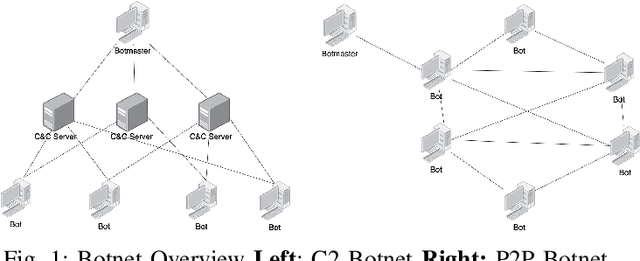



Abstract:In this paper, we proposed XG-BoT, an explainable deep graph neural network model for botnet node detection. The proposed model is mainly composed of a botnet detector and an explainer for automatic forensics. The XG-BoT detector can effectively detect malicious botnet nodes under large-scale networks. Specifically, it utilizes a grouped reversible residual connection with a graph isomorphism network to learn expressive node representations from the botnet communication graphs. The explainer in XG-BoT can perform automatic network forensics by highlighting suspicious network flows and related botnet nodes. We evaluated XG-BoT on real-world, large-scale botnet network graphs. Overall, XG-BoT is able to outperform the state-of-the-art in terms of evaluation metrics. In addition, we show that the XG-BoT explainer can generate useful explanations based on GNNExplainer for automatic network forensics.
Inspection-L: A Self-Supervised GNN-Based Money Laundering Detection System for Bitcoin
Apr 13, 2022



Abstract:Criminals have become increasingly experienced in using cryptocurrencies, such as Bitcoin, for money laundering. The use of cryptocurrencies can hide criminal identities and transfer hundreds of millions of dollars of dirty funds through their criminal digital wallets. However, this is considered a paradox because cryptocurrencies are gold mines for open-source intelligence, allowing law enforcement agencies to have more power in conducting forensic analyses. This paper proposed Inspection-L, a graph neural network (GNN) framework based on self-supervised Deep Graph Infomax (DGI), with supervised learning algorithms, namely Random Forest (RF) to detect illicit transactions for AML. To the best of our knowledge, our proposal is the first of applying self-supervised GNNs to the problem of AML in Bitcoin. The proposed method has been evaluated on the Elliptic dataset and shows that our approach outperforms the baseline in terms of key classification metrics, which demonstrates the potential of self-supervised GNN in cryptocurrency illicit transaction detection.
HBFL: A Hierarchical Blockchain-based Federated Learning Framework for a Collaborative IoT Intrusion Detection
Apr 08, 2022

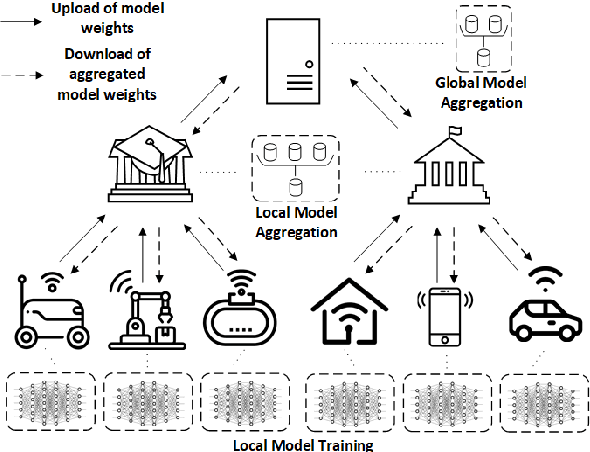
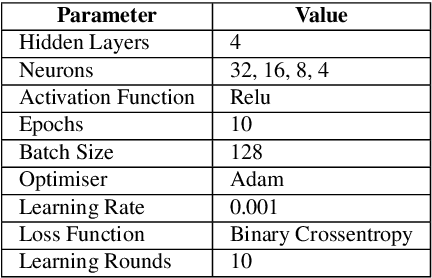
Abstract:The continuous strengthening of the security posture of IoT ecosystems is vital due to the increasing number of interconnected devices and the volume of sensitive data shared. The utilisation of Machine Learning (ML) capabilities in the defence against IoT cyber attacks has many potential benefits. However, the currently proposed frameworks do not consider data privacy, secure architectures, and/or scalable deployments of IoT ecosystems. In this paper, we propose a hierarchical blockchain-based federated learning framework to enable secure and privacy-preserved collaborative IoT intrusion detection. We highlight and demonstrate the importance of sharing cyber threat intelligence among inter-organisational IoT networks to improve the model's detection capabilities. The proposed ML-based intrusion detection framework follows a hierarchical federated learning architecture to ensure the privacy of the learning process and organisational data. The transactions (model updates) and processes will run on a secure immutable ledger, and the conformance of executed tasks will be verified by the smart contract. We have tested our solution and demonstrated its feasibility by implementing it and evaluating the intrusion detection performance using a key IoT data set. The outcome is a securely designed ML-based intrusion detection system capable of detecting a wide range of malicious activities while preserving data privacy.
Graph Neural Network-based Android Malware Classification with Jumping Knowledge
Feb 08, 2022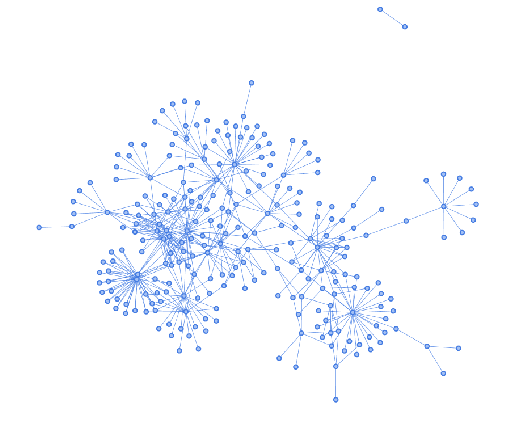



Abstract:This paper presents a new Android malware detection method based on Graph Neural Networks (GNNs) with Jumping-Knowledge (JK). Android function call graphs (FCGs) consist of a set of program functions and their inter-procedural calls. Thus, this paper proposes a GNN-based method for Android malware detection by capturing meaningful intra-procedural call path patterns. In addition, a Jumping-Knowledge technique is applied to minimize the effect of the over-smoothing problem, which is common in GNNs. The proposed method has been extensively evaluated using two benchmark datasets. The results demonstrate the superiority of our approach compared to state-of-the-art approaches in terms of key classification metrics, which demonstrates the potential of GNNs in Android malware detection and classification.
E-GraphSAGE: A Graph Neural Network based Intrusion Detection System
Apr 01, 2021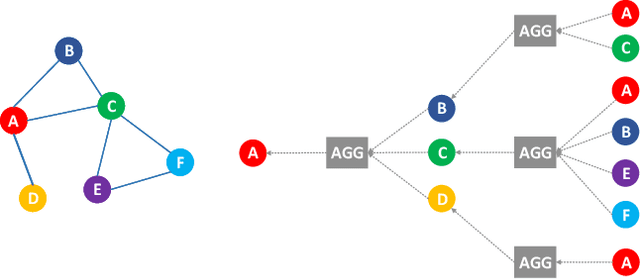
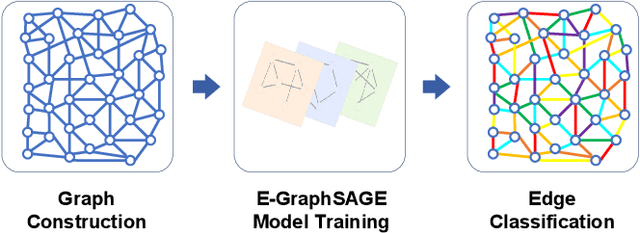
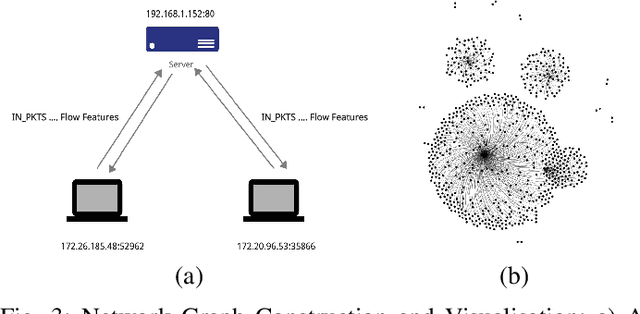
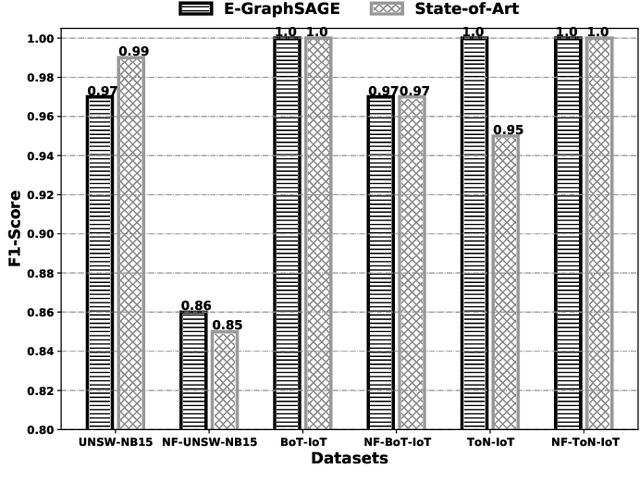
Abstract:This paper presents a new network intrusion detection system (NIDS) based on Graph Neural Networks (GNNs). GNNs are a relatively new sub-field of deep neural networks, which have the unique ability to leverage the inherent structure of graph-based data. Training and evaluation data for NIDSs are typically represented as flow records, which can naturally be represented in a graph format. This establishes the potential and motivation for exploring GNNs for the purpose of network intrusion detection, which is the focus of this paper. E-GraphSAGE, our proposed new approach is based on the established GraphSAGE model, but provides the necessary modifications in order to support edge features for edge classification, and hence the classification of network flows into benign and attack classes. An extensive experimental evaluation based on six recent NIDS benchmark datasets shows the excellent performance of our E-GraphSAGE based NIDS in comparison with the state-of-the-art.
 Add to Chrome
Add to Chrome Add to Firefox
Add to Firefox Add to Edge
Add to Edge